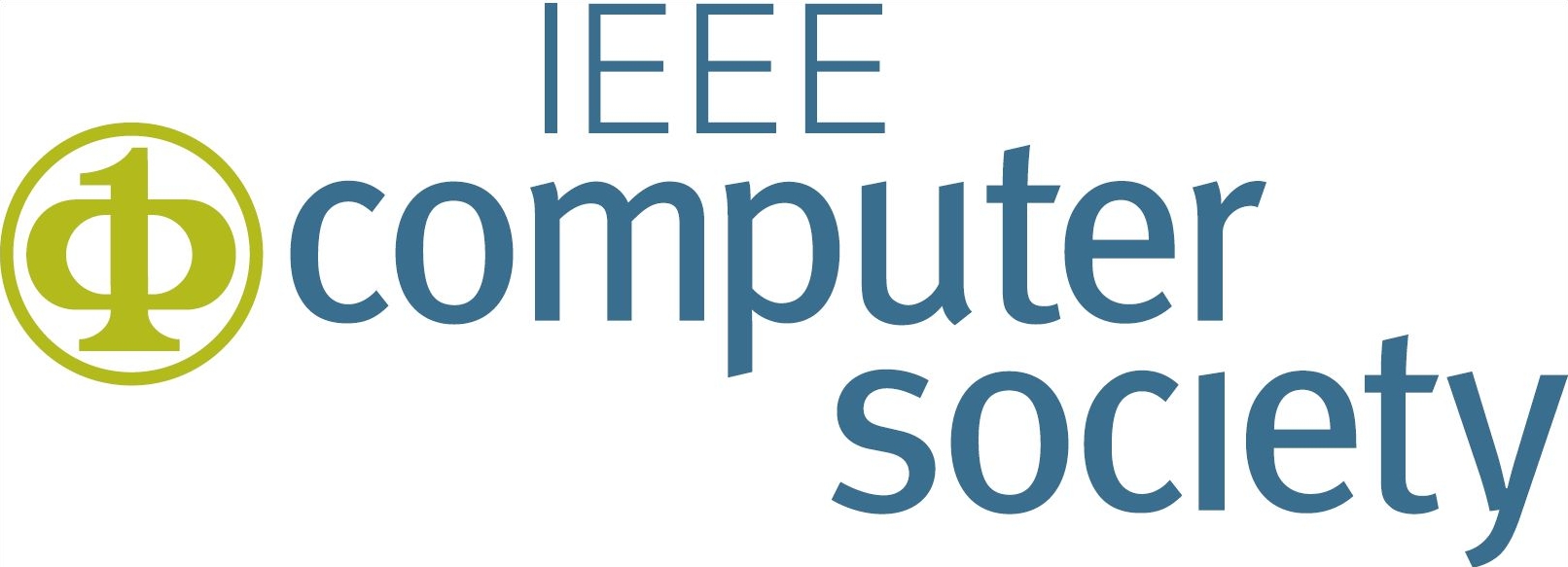





Ensuring Safety in Augmented Reality from Trade-off Between Immersion and Situation Awareness
Jinki Jung, Hyeopwoo Lee, Jeehye Choi, Abhilasha Nanda, Tim Claudius Stratmann, Uwe Gruenefeld, and Wilko Heuten.
Ensuring safety in augmented reality from trade-off between immersion and situation awareness.
In Proceedings of the IEEE International Symposium for Mixed and Augmented Reality 2018 (To appear). 2018.
[BibTeX▼]
Abstract
Although the mobility and emerging technology of augmented reality (AR) have brought significant entertainment and convenience in everyday life, the use of AR is becoming a social problem as the accidents caused by a shortage of situation awareness due to an immersion of AR are increasing. In this paper, we address the trade-off between immersion and situation awareness as the fundamental factor of the AR-related accidents. As a solution against the trade-off, we propose a third-party component that prevents pedestrian-vehicle accidents in a traffic environment based on vehicle position estimation (VPE) and vehicle position visualization (VPV). From a RGB image sequence, VPE efficiently estimates the relative 3D position between a user and a car using generated convolutional neural network (CNN) model with a region-of-interest based scheme. VPV shows the estimated car position as a dot using an out-of-view object visualization method to alert the user from possible collisions. The VPE experiment with 16 combinations of parameters showed that the InceptionV3 model, fine-tuned on activated images yields the best performance with a root mean squared error of 0.34 m in 2.1 ms. The user study of VPV showed the inversely proportional relationship between the immersion controlled by the difficulty of the AR game and the frequency of situation awareness in both quantitatively and qualitatively. Additional VPV experiment assessing two out-of-view object visualization methods (EyeSee360 and Radar) showed no significant effect on the participants' activity, while EyeSee360 yielded faster responses and Radar engendered participants' preference on average. Our field study demonstrated an integration of VPE and VPV which has potentials for safety-ensured immersion when the proposed component is used for AR in daily uses. We expect that when the proposed component is developed enough to be used in real world, it will contribute to the safety-ensured AR, as well as to the population of AR.

















